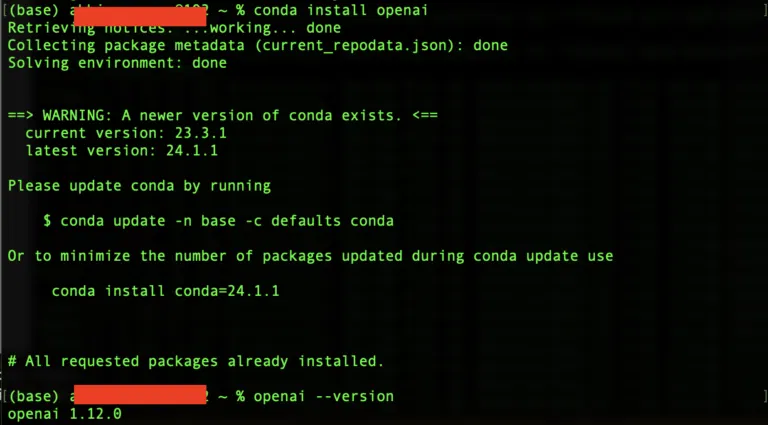“All your customers are partners in your mission”
Shep Hyken
Not sure about customers being partners in the mission but without a customer base, you don’t have a business but a hobby. This holds for any product or service. Similar is the case for a blog, which is just another page on a server without a reader base. It is important to think about getting the first 1000 customers. This is just a number and could be 100 as well !!
Why 1000 customers?

Despite being a key aspect of building something, product/tech-oriented founders discount the distribution aspect of building. The emphasis on a product and what it can do becomes such a big-time sink that very little focus goes on acquiring the first set of customers.
Not thinking about the problem often results in situations where we end up building something not needed by the market or building a product for a small market. It’s difficult to tell if we have a product-market fit without getting to the first 1000 customers and understanding their usage behaviour.
Once you get 1000 people to try out your product, a sizeable chunk of them continue to use it beyond a month. You know that you have some product-market fit.
This retention percentage will vary by industry and the kind of business. For B2B SAAS, the monthly churn is supposed to be low, around ~2%, so the yearly churn is around 25%. The same number for the consumer market is a lot more lenient. The number is around 65% monthly retention for something like FB. This is an awesome video by YC here.
User Persona
The first step to acquiring customers is to determine the exact specifics of who they are. Are you trying to answer some of these questions?
- What are the demographics?
- What are their goals?
- Where do they live?
- What places do they hang out?
- What is the typical lingo?
A good idea about your user base helps in the next step of reaching out to them. This clarity regarding the user base is needed to work on the next step of reaching out to the customer base.
This user base can be iterated upon depending on the feedback and until product-market fit is achieved. As we better understand our users and likely customer base, it is easier to build the distribution.
Where does my customer hang out?
The next step is identifying all channels or areas where this user base hangs out. The next step is to present in those areas and go about doing the raw hustle.
While it depends on where your customers hang out, there are broadly two categories. Online and Offline. High-end products or services are only present in rich neighbourhoods. Online requires a similar approach and thought process.
Some very popular channels or areas with a community of like-minded people where they are active
- Reddit Community: Lots of homogenous groups of people with similar interests. Tightly controlled by mods and strict community conditions.
- FB Groups: Another popular hangout zone for like-minded people. From real estate searches in cities to coupon hunters. Much easier to post and grow.
- Online Forums: Many online forums have a similar experience as above and are good for reaching people.
- Twitter: Another place to find early adopters and like-minded people. One of the best platforms for early distribution building.
- YouTube: This is another medium that has a collection of influencers and their cult-like
- Quora: Another Q&A platform and still a very popular space to find answers to some interesting questions.
Now that we know who the customer is and where they hang out. Most of these good-quality communities have high moderation, which makes the community great. The approach to reaching people has to be more nuanced and paced correctly.
The next step is to figure out how to reach out to them. However, we have listed a bunch of communities/forums. It’s not easy to promote or pitch our product/solution.
Distribution Channels
These are some of the ways to go about building this distribution. It’s better to brute force things and do organic reach in the early days. This helps in figuring out what works and keeps an eye on product-market fit.
- Quora/Reddit/Online Forums: Great place to build a reputation using answers and deep dives. Since you answer specific questions, the user traffic is high quality. Essential to provide value, and maybe don’t even share a link. Just have a product link on the user profile; if the answer is well done, people will show up.

- Twitter/FB: These two are simpler because they need a higher volume but probably light-touch content. The traffic will be more, but not necessarily the correct fit.

- Youtube/Blogs: Evangelising part of the equation. This could be self-owned and borrowed through partnerships and deals with others. Very useful for deep tech products, which need good explanation and context for people to get. Influencer marketing done right can be a huge moat.
- Google/FB Ads: The default way to reach people is to go after and buy traffic using Ads. But to be done right, this needs a lot more homework.
- Very easy to burn money without knowing what you are doing.
- Start small with a defined CPC to keep tight control and then slowly increase it.
- Email Marketing: Highly effective but a slow process. Emphasises the need to have the emails of your potential customers. Given Amazon SES and other tools, incredibly cheap as well.
- The big challenge with reputation management.
- Take time to build the base up
- Great way to engage the first 1000 customers

- Engineering for Marketing Simple tool or interesting one-pager which solves a simple problem or has something which intrigues users and gets them to register/sign.
- Webinars: Talk about the problems being solved and those adjacent to your target audience. It helps build a feedback channel and understand the customer language well. Live webinars are an outstanding way to build a strong personal and emotional connection with the brand.

Summary
Lots of hustle is required. Multiple channels, but figure out which works for you and concentrate on the first 2-3 to get the early base of users. No need to get the systems or productisation done yet.
These are some of the interesting tools that have proven to be useful.
- WordPress + Self Hosting: Great way to get started on blogs with self-hosting, and this made a huge difference in site speed.

- Amazon SES + Wrapper: The way to scale emailing operations and cheap to use. It works out to be $1 for 10,000 emails. This works beyond the first 1000 customers.
- Backend Analytics: Besides the obvious google analytics. Have a backend analytics tracker for users. This will help in prioritising whom to call.


